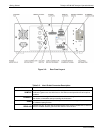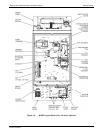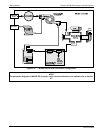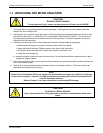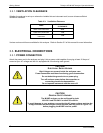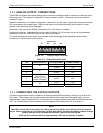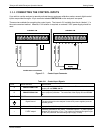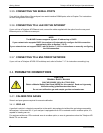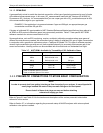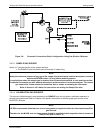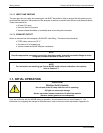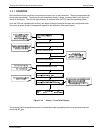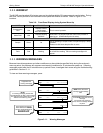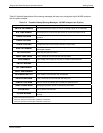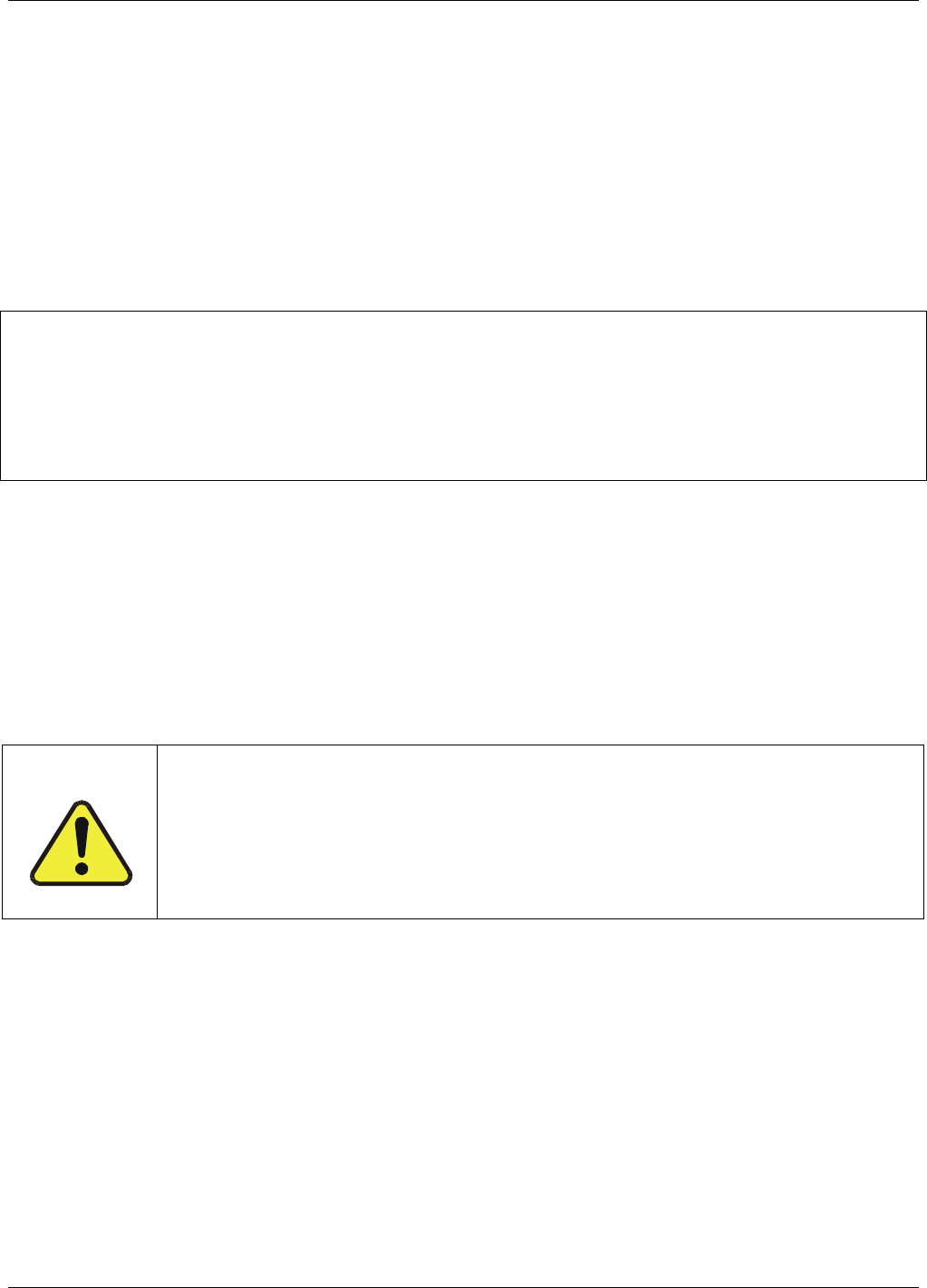
Getting Started Teledyne API M100E Analyzer Operation Manual
32
3.3.5. CONNECTING THE SERIAL PORTS
If you wish to utilize either of the analyzer’s two serial interface COMM ports, refer to Chapter 7 for instructions
on their configuration and usage.
3.3.6. CONNECTING TO A LAN OR THE INTERNET
If your unit has a Teledyne API Ethernet card, connect the cable supplied with the option from the rear panel
Ethernet port to an Ethernet access port.
NOTE:
The M100E firmware supports dynamic IP addressing or DHCP.
If your network also supports DHCP, the analyzer will automatically configure its LAN connection
appropriately (refer to Section 7.1.6.2).
If your network does not support DHCP, refer to Section 7.1.6.3 for instructions on manually configuring
the LAN connection.
3.3.7. CONNECTING TO A MULTIDROP NETWORK
If your unit has a Teledyne API RS-232 multidrop card, refer to Section 7.1.7 for instructions on setting it up.
3.4. PNEUMATIC CONNECTIONS
CAUTION
GENERAL SAFETY HAZARD
SULFUR DIOXIDE (SO
2
) IS A TOXIC GAS.
Obtain a Material Safety Data Sheet (MSDS) for this material. Read and rigorously
follow the safety guidelines described there.
Do not vent calibration gas and sample gas into enclosed areas.
3.4.1. CALIBRATION GASES
Zero air and span gas are required for accurate calibration
3.4.1.1. ZERO AIR
A gas that is similar in chemical composition to the earth’s atmosphere but without the gas being measured by
the analyzer, in this case SO
2
. If your analyzer is equipped with an IZS or external zero air scrubber option, it is
capable of creating zero air.
For analyzers without an IZS or external zero air scrubber option, a zero air generator such as the Teledyne API
Model 701 can be used.
04515F DCN6048



